
I love to look at Google map for no reason and find interesting roads or features to explore. Street view is video game to me, I can spend hours trying to figure out a place before I am there. Partly because I simply like to explore places where I can't go, partly because I can become familiar with places before I go. The most popular route to travel to the east side of the island through the south side is by Route 9. However I've always been curious about another route, a big detour, that will take me to the southern most tip of Taiwan before heading back north along the east coast of the island. This part of the island wasn't accessible until some years ago and I heard it used to be restricted military zone. The government finally fixed the roads and opened its access to the public, but there isn't many information about it. On Google map, there don't seem to be much of a population along the road so it is very hard to tell how desolate it really is. The only way to tell is to explore it for myself!

Setting off from Tainan, I got onto the main freeway and surprised to find lots of debris such as tree brunches and shrubs along both sides of the freeway all the way from Tainan to Kaohsiong. That's a long way of uncleared roads. The reason why I am surprised was not that there were debris, but it just shows the level of damage caused by the typhoon that the authorities have yet to clear such a major transportation route.
Pass Kaohsiong and into Pingtung, it seemed to be business as usual with lots of traffic heading to Kenting, the most popular beach destination in Taiwan. In all honestly, I wouldn't know how to live in a region that survives mainly on tourism, because just like Vegas and Orlando, Kenting region is basically attractions after attractions with little or no cultural root. Go-karting, paint ball, buggy rides etc. They repeat themselves as I drove down the road. To me this looks more like a land of opportunists with the attitude of exploitation of the natural resources available there. Attractions like these are fashionable and come and go. Business change hands frequently, let alone talk about a sustainable industry. So to me there's really nothing to talk about other than being really hot. I paid a mandatory visit to the famous light house on the southern tip of Taiwan and the 30min walk in the sun had me sweating like a pig. It was simply too uncomfortable to be out there, and with loud tourists in the mix, I had no pleasure staying and took off as soon as I was done taking photos.
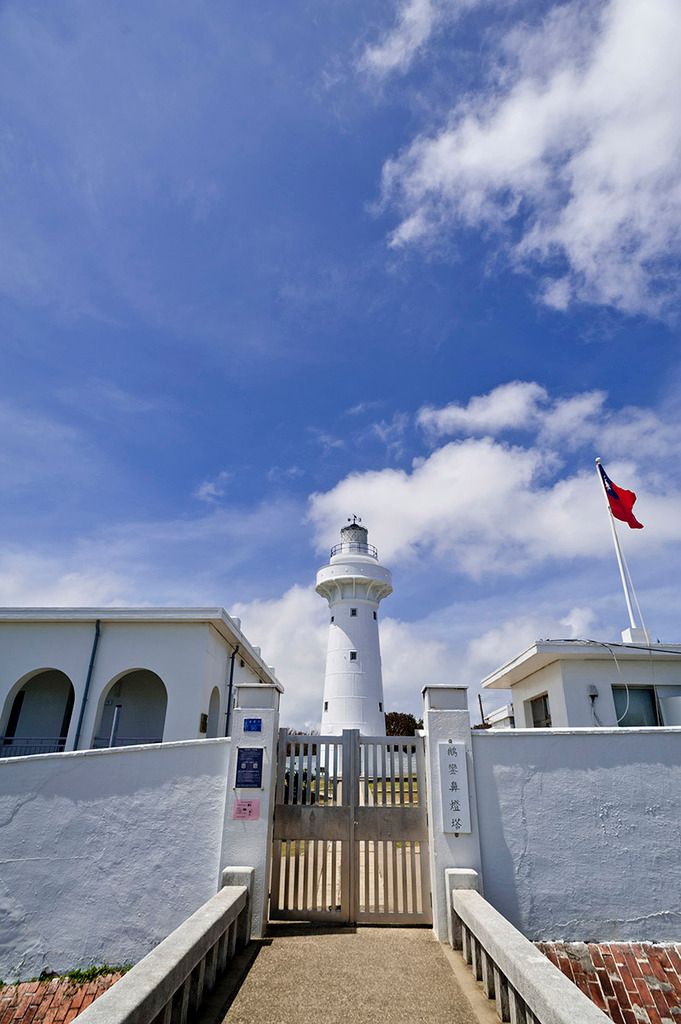
Then it was onto the road to the unknown, where pleasant surprises start. The immediate section of the road is Longpan, which is a coastal section that over looks the vast Pacific Ocean with a great view and a short cliff. Since this is still very close to Kenting, there are still many tourists. Continuing north is where the most pristine part of Taiwan is in my opinion.
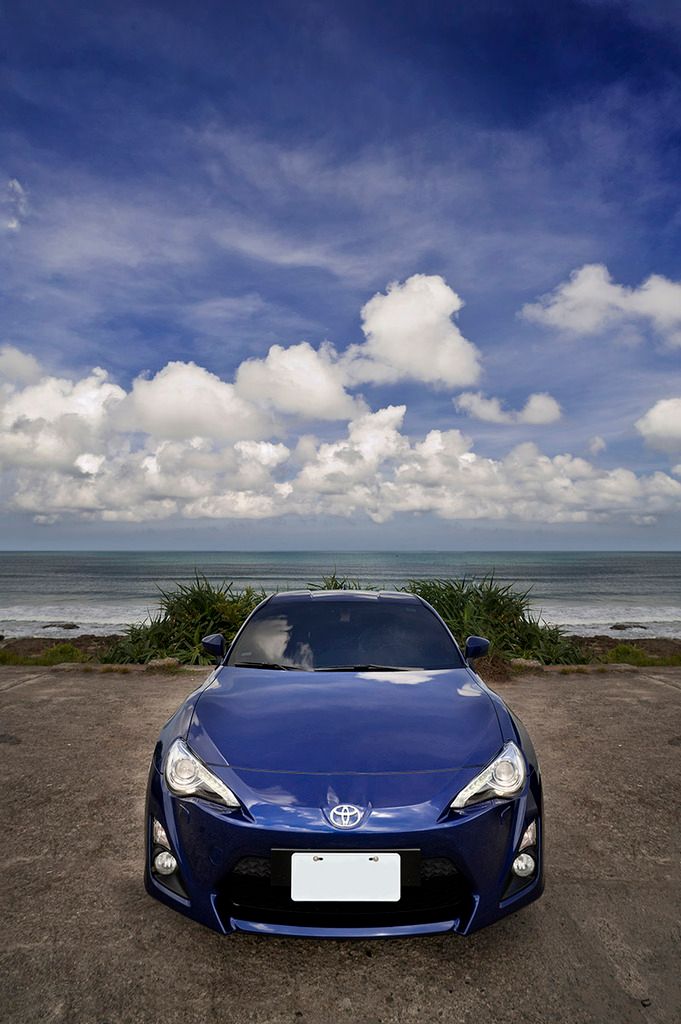
This is the part of Taiwan where I've never explored, been to or even just as a passer by. This is completely new to me. Pingtung being the southern most county in Taiwan is also one known for its agriculture. However for someone like me who spends most of my time in the north, there's not much I know about Pingtung other than the usual clichés. The next township is ManChou. It's a very quite small town with some very interesting traditional brick buildings that has both traditional Taiwanese and Japanese mixed with western flavor. Of course Japanese architecture style is heavily influenced by western architecture, so it is no surprise to see the mix. It is just rather unique and something that I don't really see in other parts of Taiwan. Upon a quick Wiki search, apparently the name ManChou originated from the aboriginals. The Paiwan tribe hunters would leave the remains of their hunted preys around to rot producing foul odor, hence giving this place the name Manutsuru, which in Taiwanese sounded like Bangsut, which later was changed to Manchou because it also sounded like Manchuria in Japanese, which is ManChou in Chinese. Ok, lot's of confusion, but ultimately, I personally think the name ManChou has nothing to do with it's origin or history.
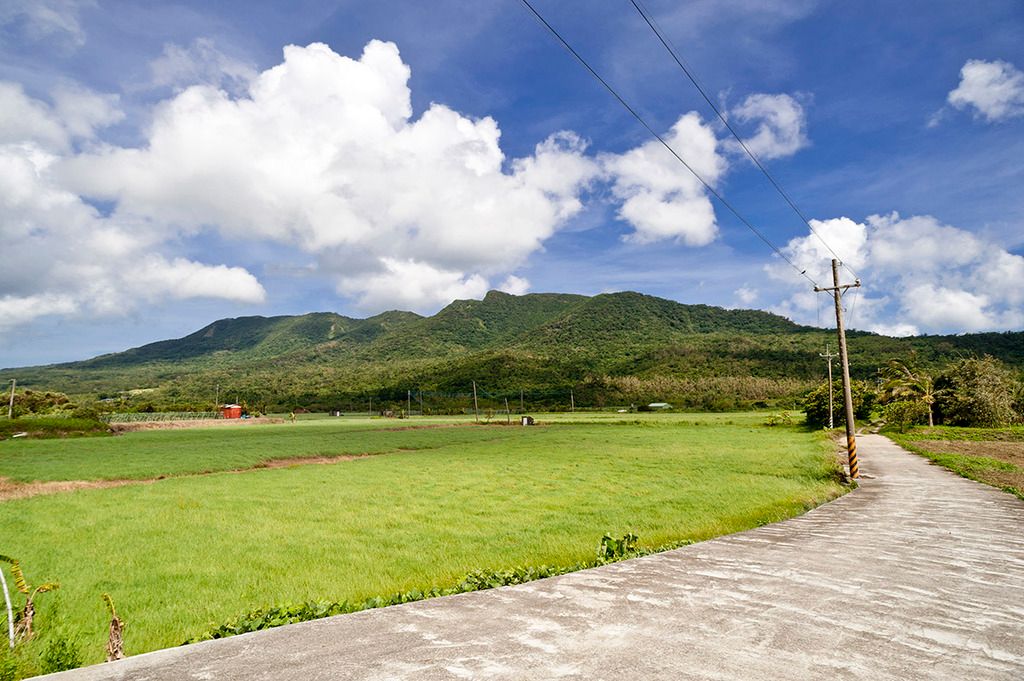

Beyond this confusion of its name's origin, ManChou is located at the tail end of Taiwan's long and continuous mountain range that runs north-south, sort of like northern Georgia being the tail end of the Appalachian mountain range. The terrain here is rolling hills with flat plains within, making it great and protected spot for farming and living. The kind of beauty found here isn't like those iconic sceneries that have large scale features to be published on National Geographic. This is more like country side mixed with untouched nature. Everything you see doesn't stretch very far visually. You can't see beyond the immediate hill before you, therefore there's no horizon. However the mix of nearby hills and flat plains filled with pasture and water buffalos paints a very neat and approachable picture, something you can imagine living in as opposed to having the feeling that I am just a passer by. It makes one feel extremely comfortable, like how life should be.
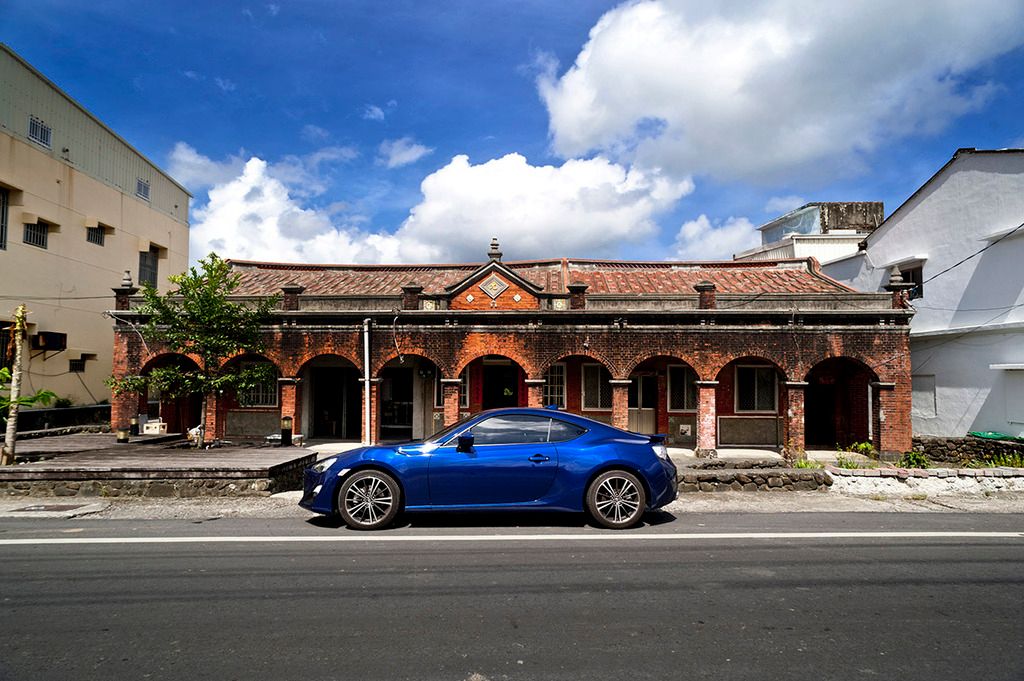
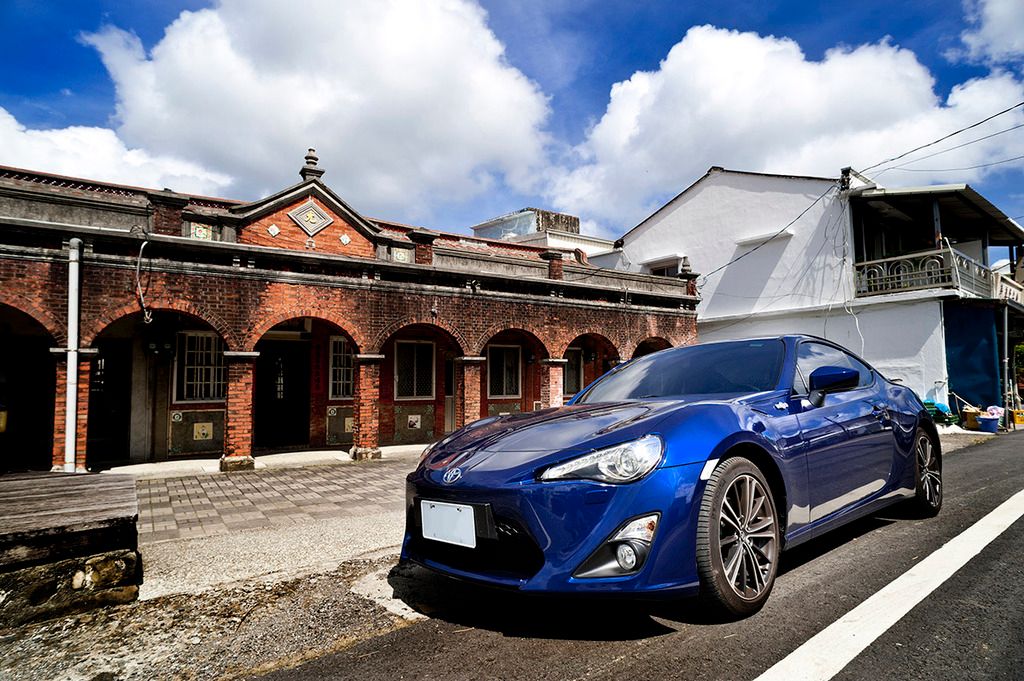
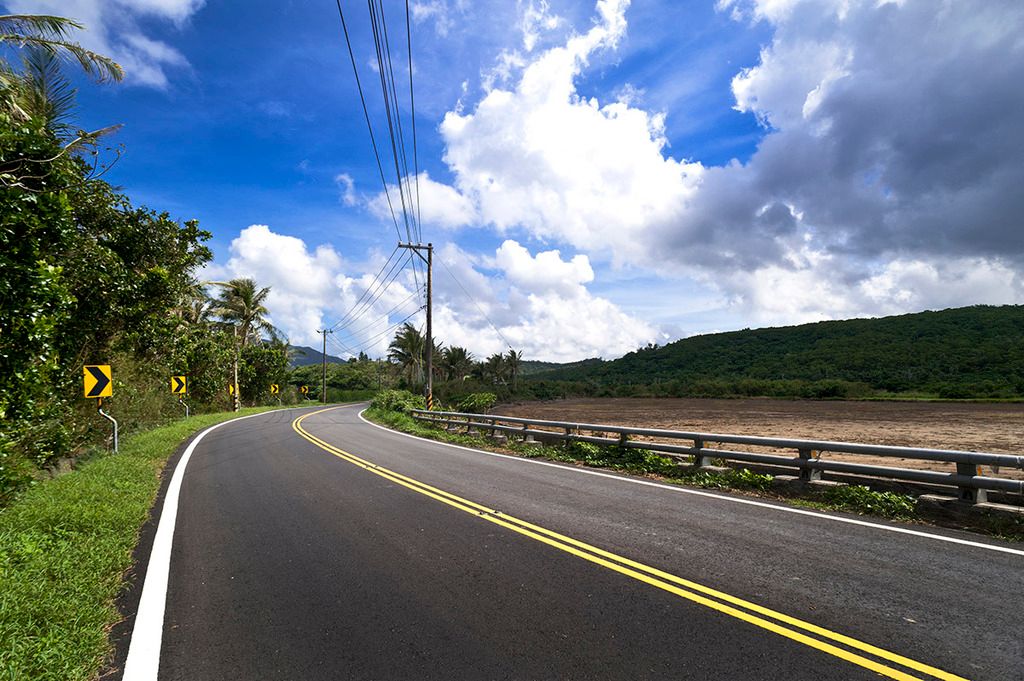
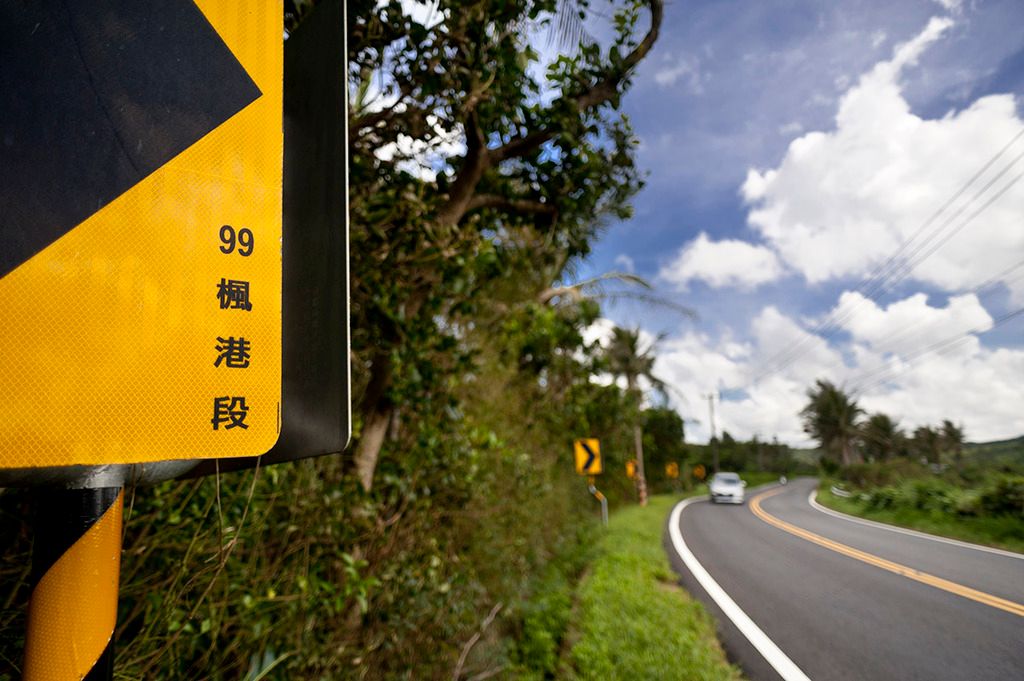


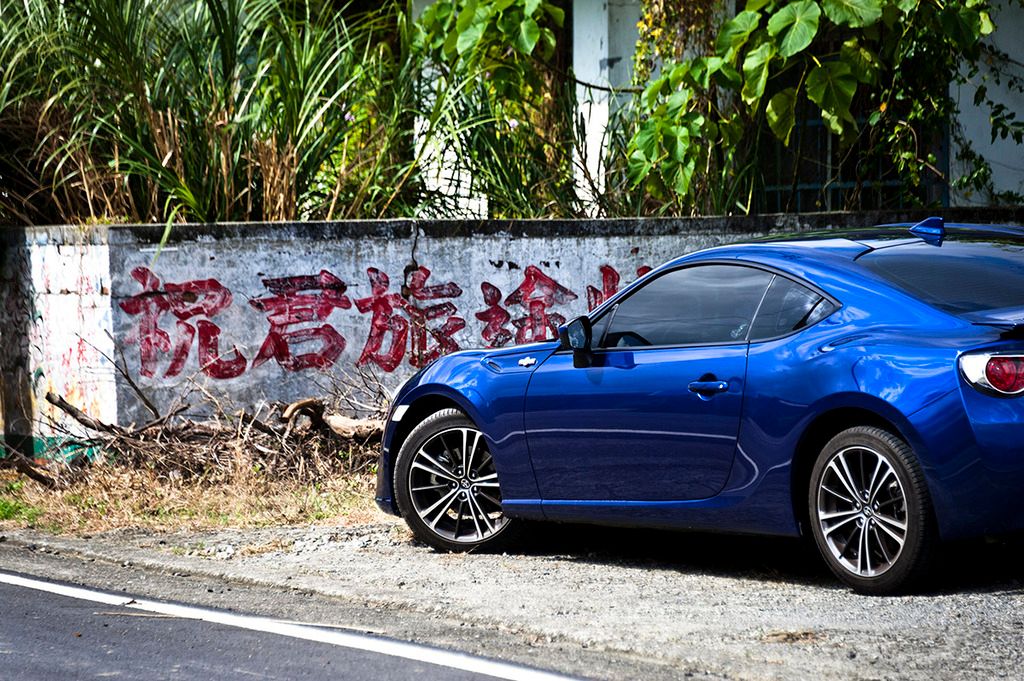
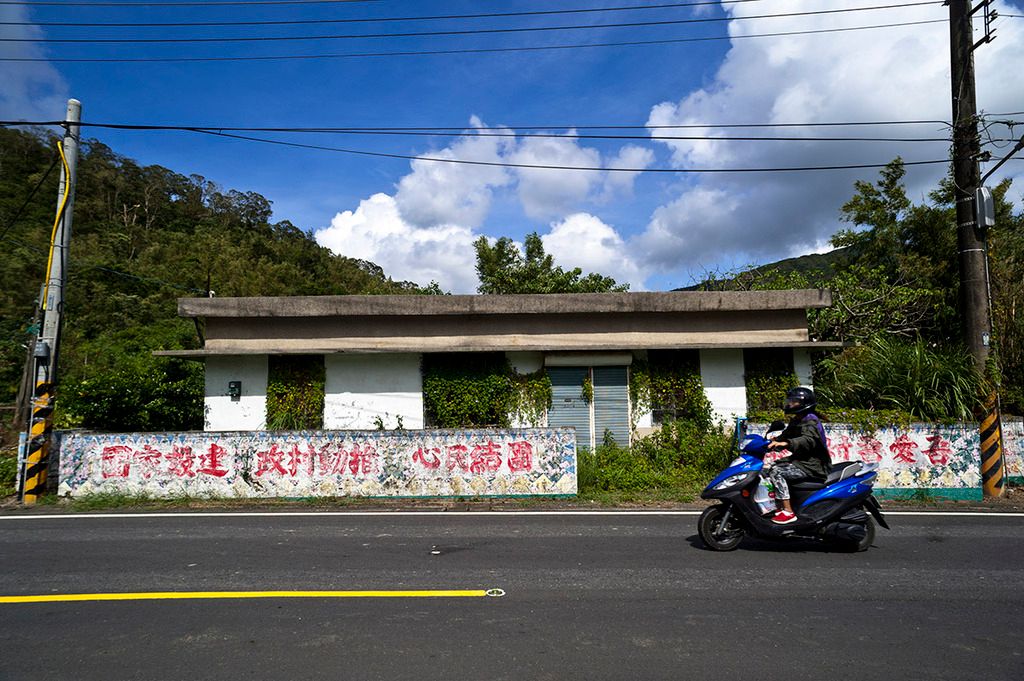
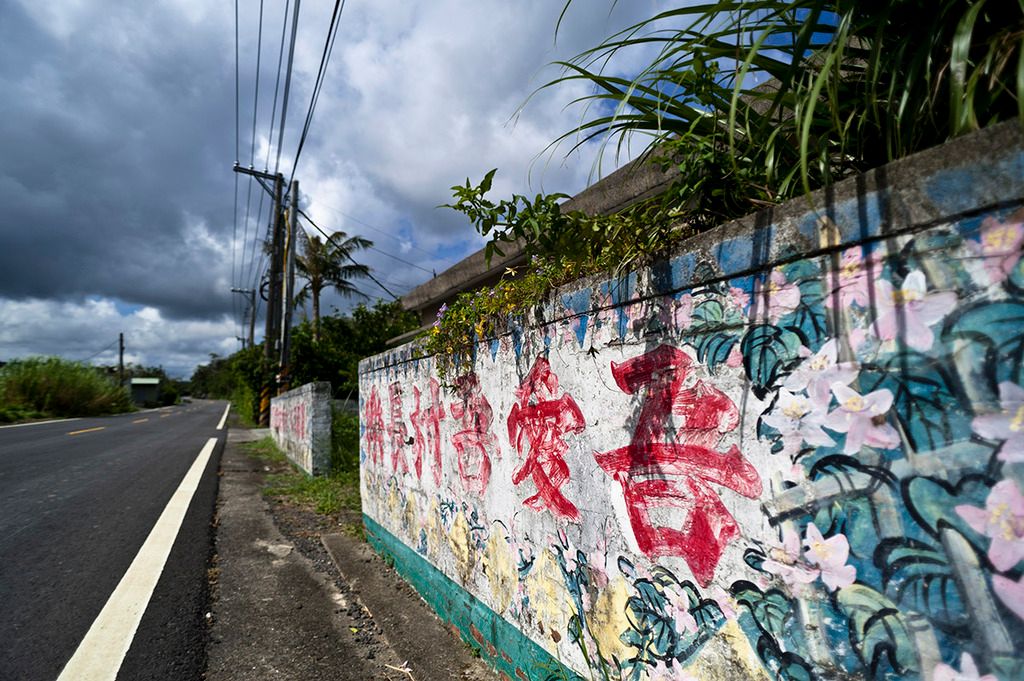
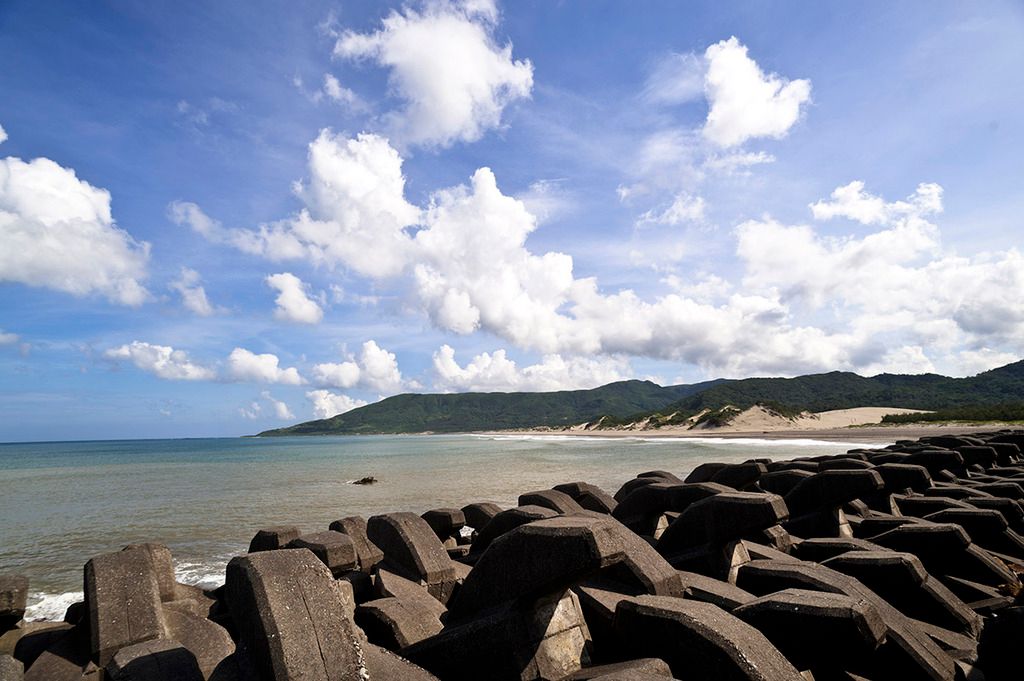

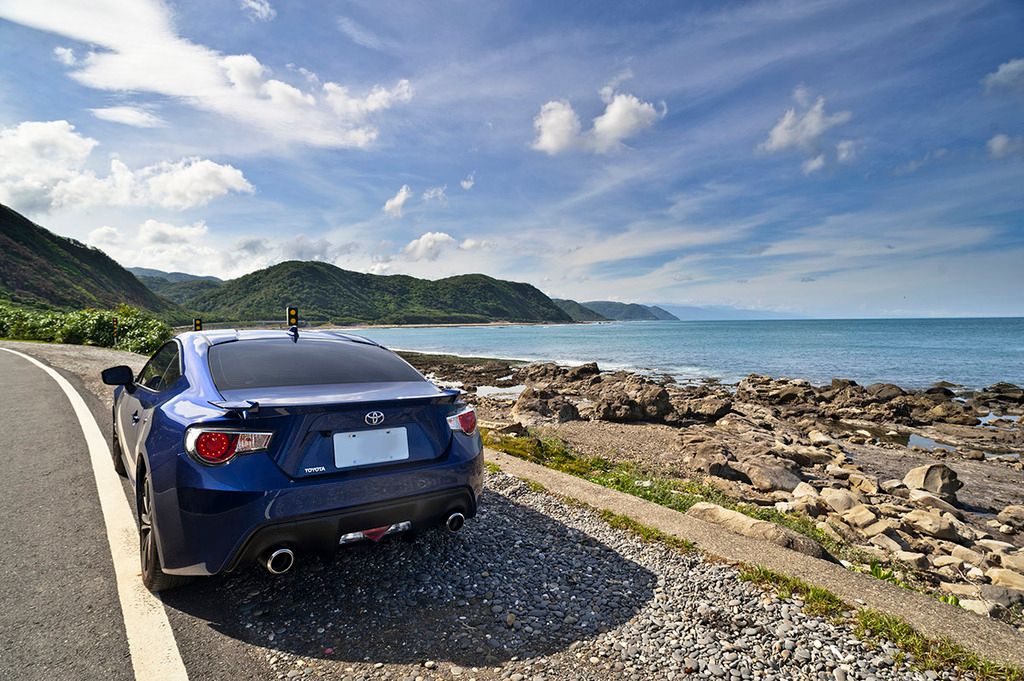
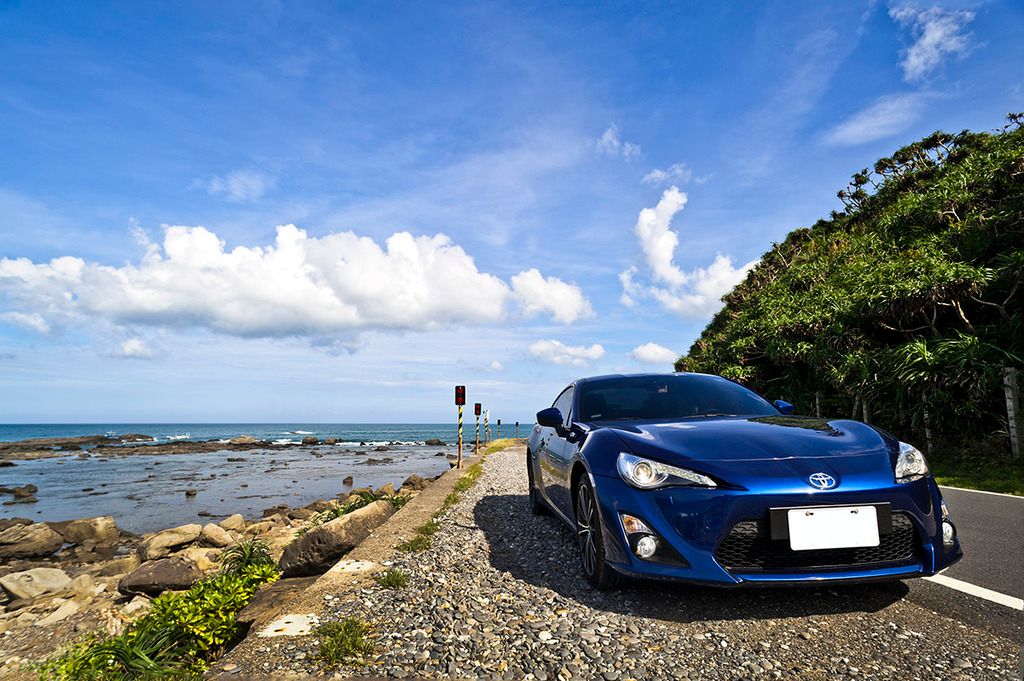
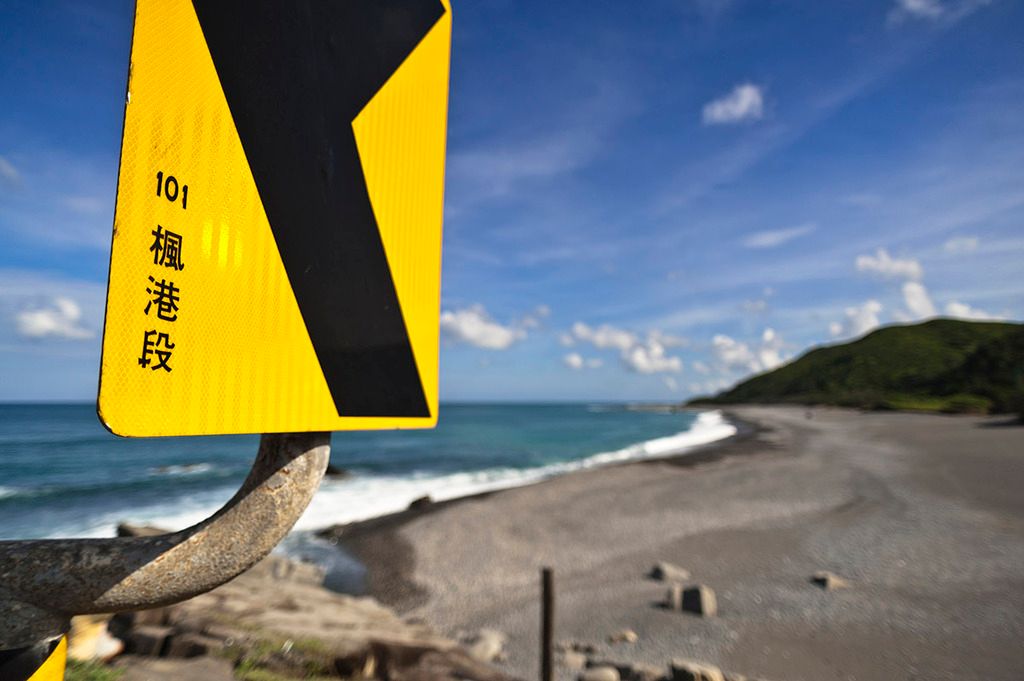
At the north of ManChou, just bordering the next township of Mudan is a short section of coastal drive. As mentioned before, this area used to be restricted military zone, therefore there are some abandoned military buildings. The coastal drive is beautiful, but honestly, nothing really spectacular compared to many other parts of Taiwanese east coast. What I do love about this route is the really tight twists and turns as it carves through the hills, which put my car to a very good workout.
The next township of Mudan is just as pristine as Manchou. I think that's because I was on the less populated side of the township, the forgotten part.
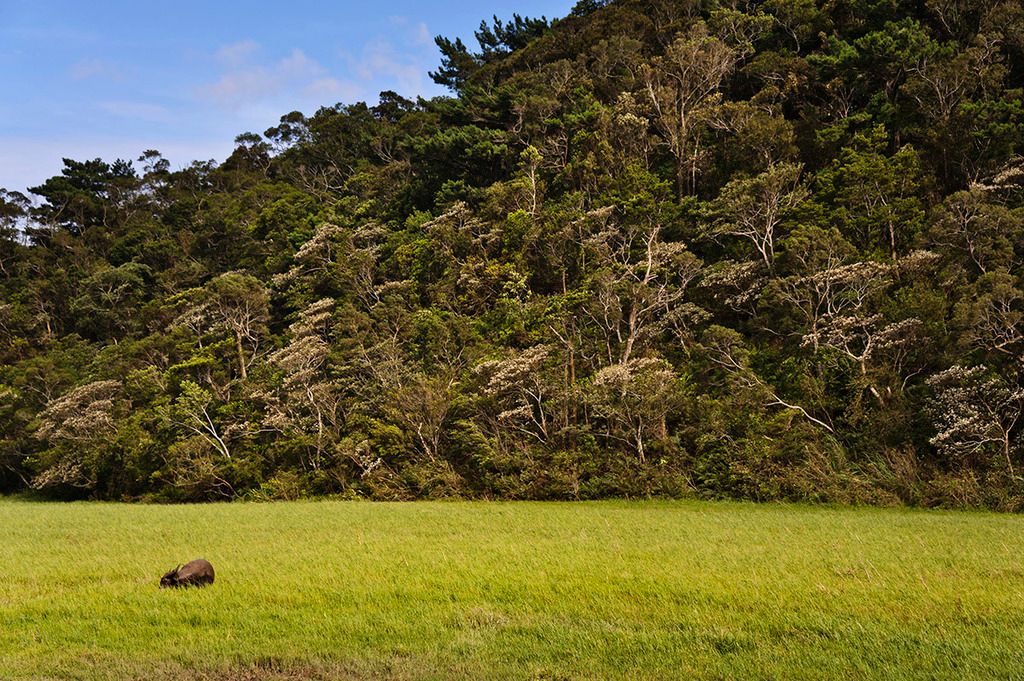

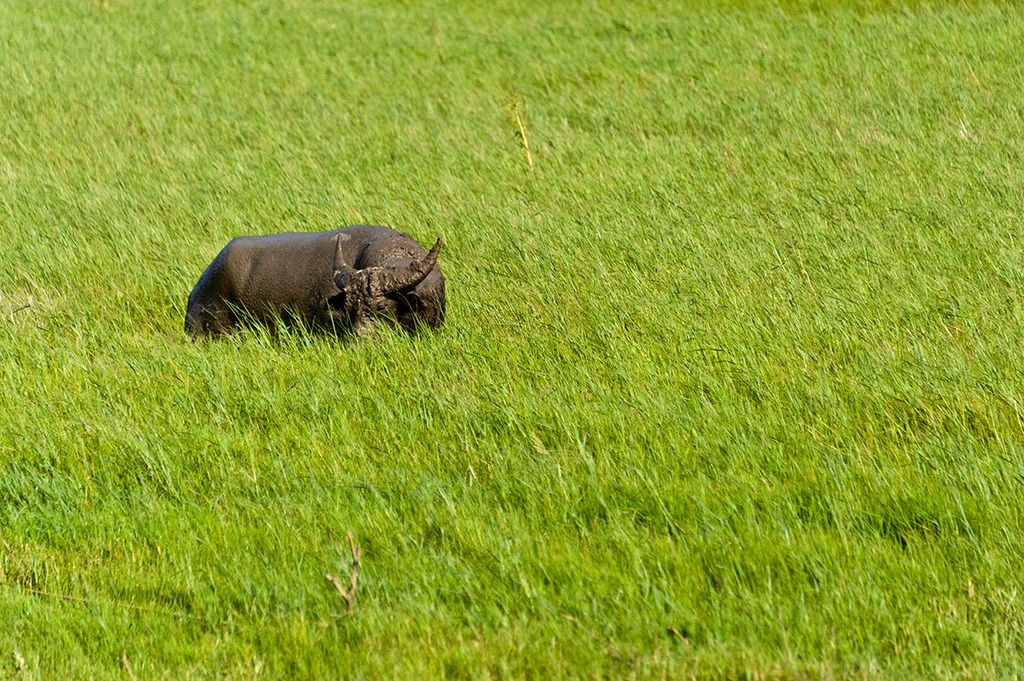

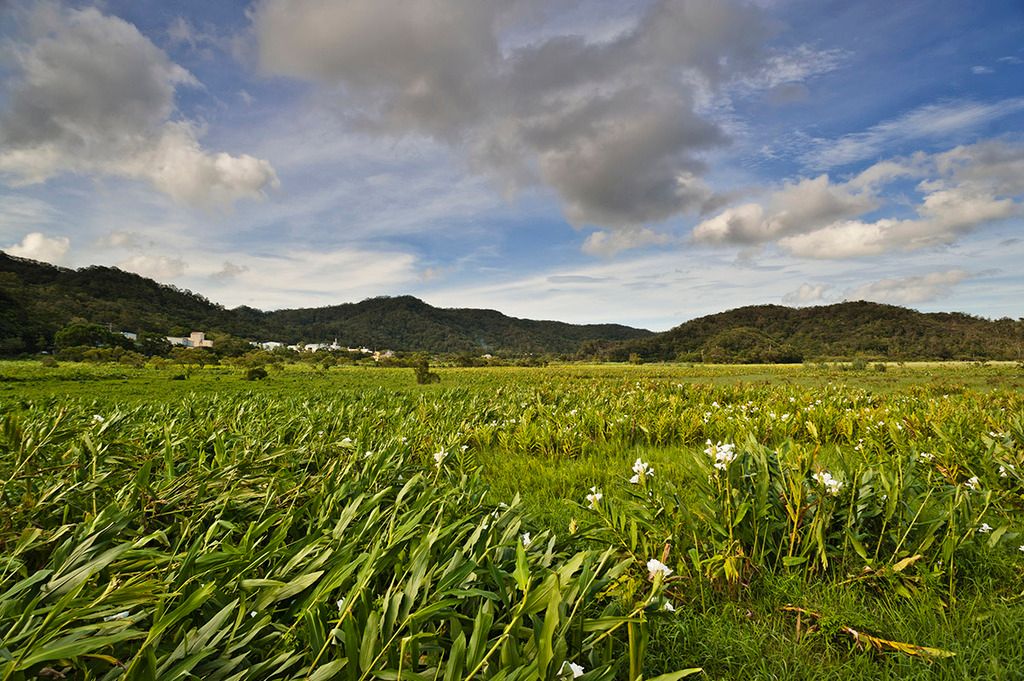
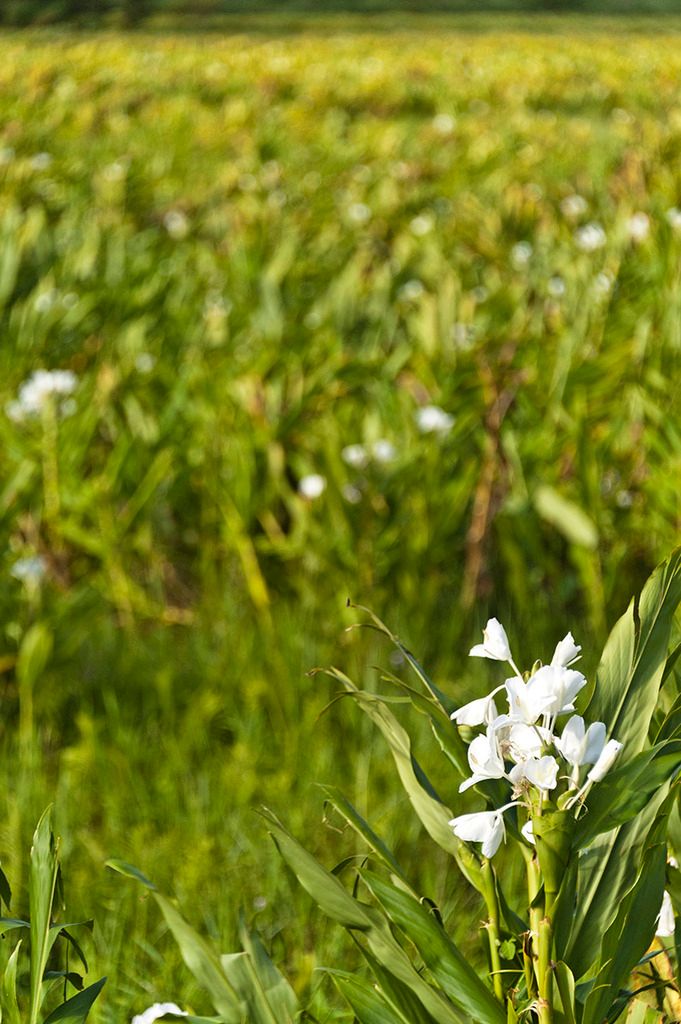
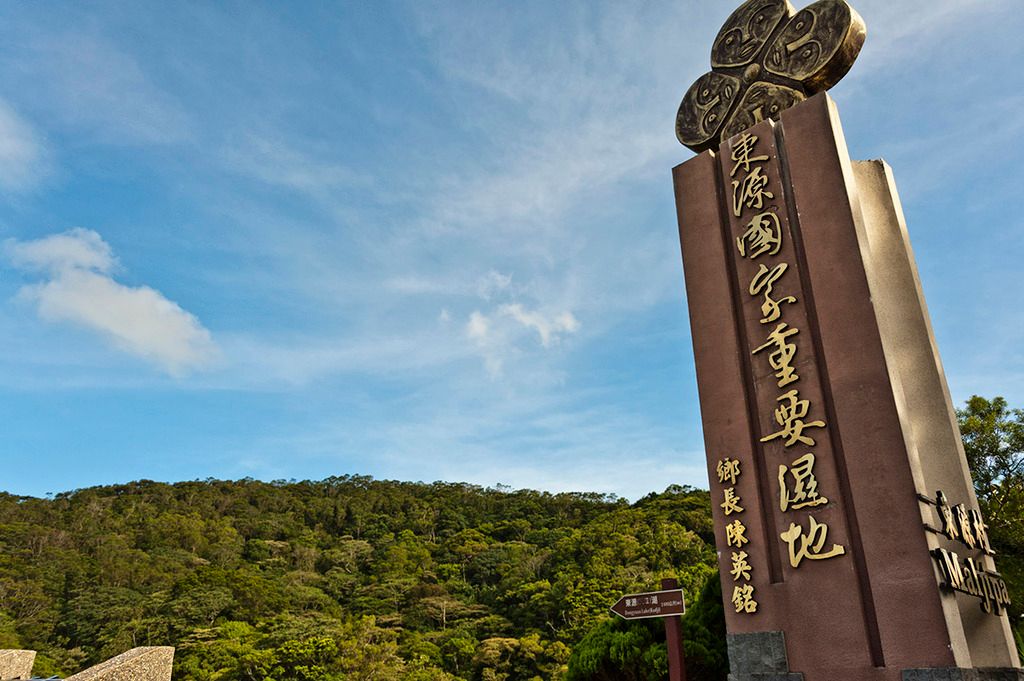
Mudan is famous for an international conflict called "Mudan Incident". At that time Okinawa was not yet an official part of Japan. Once a ship returning to Okinawa ran into typhoon and its passengers seek shelter at the coast of Mudan. They were then attacked by the local aboriginals leaving many deaths. The survivors escaped and returned to Okinawa. When Okinawa became a part of Japan, the Japanese government seek revenge by taking military action against the aboriginals in Mudan. This was the first international conflict between China and Japan. Of course there are many more details within so I will just leave you to find that out for yourself. Mudan today remains a very quiet town just like what I've described of ManChou. Rolling hills with spots of flat pasture and very twisty roads for excellent fun driving. The height of the hills rose as I got closer to the north, so most of the way I was ascending.
To me these two townships, and route 199 and 200, although short, are one of the greatest highlights of my entire trip. This is a completely new region to me and a very unique part of Taiwan. The presence of nature overwhelms culture, yet I can feel the lifestyle strongly just by feeling the overall vibe of the villages. To me, as someone who dreads urban lifestyle, this will be a heavenly place to live in. Taiwan is small enough that conveniences are never too far away. Of course I'd be less thrilled about living in Mt. Lishan, but Mudan and ManChou are two towns that I definitely can imagine living in.
No comments:
Post a Comment